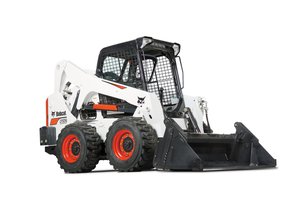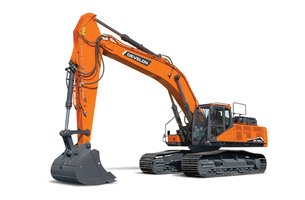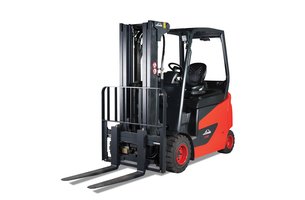Forklift Safety Tips: 5 Things Every Operator Should Know
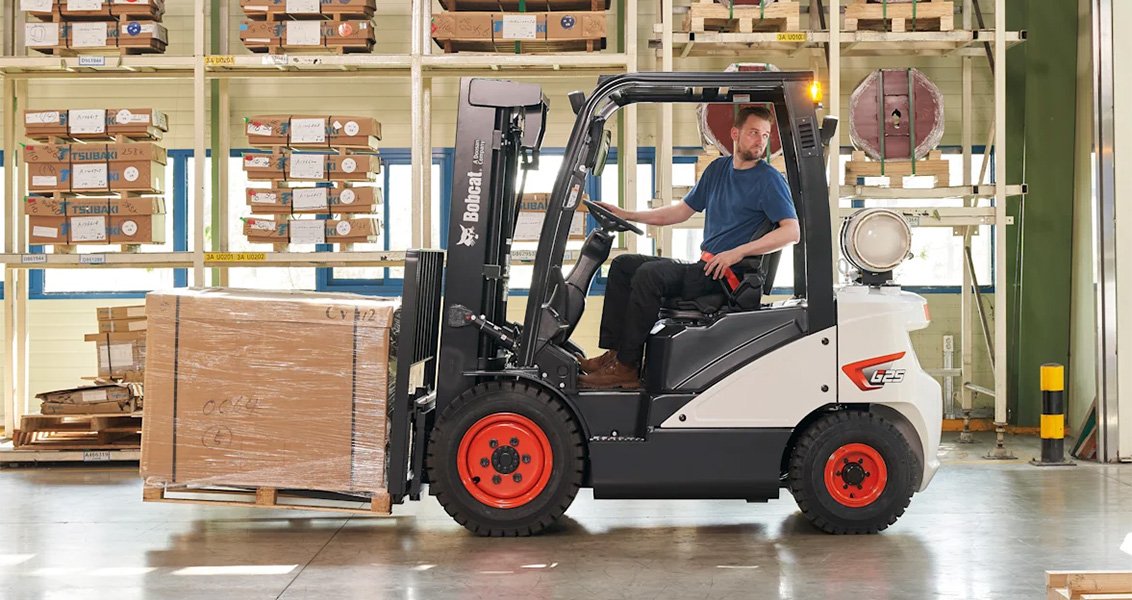
At Williams Machinery, we believe safety isn’t just a standard — it’s a shared responsibility across every job site, warehouse, and operator station. We’re proud to support the nationwide push for forklift safety by promoting proactive practices that boost productivity and reinforce safe operation by providing ongoing education.
Below are five key practices to keep forklift safety top of mind:
1. Train and Certify Every Operator
Safety starts with proper training. CSA requires all forklift operators to complete a two-part process: classroom-style instruction followed by a hands-on evaluation. Training should be customized based on the specific forklift models and work environments involved. Employers should also reference the Operation & Maintenance Manuals for machine-specific guidance.
We offer a variety of CSA approved Forklift Operator Training courses.
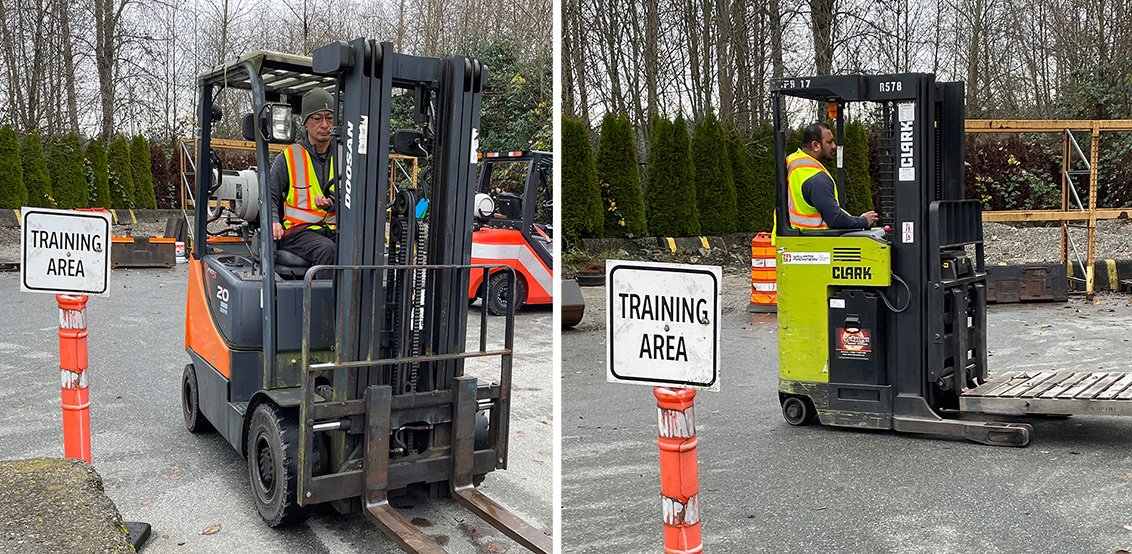
2. Perform Daily Inspections and Preventive Maintenance
Before each shift, CSA mandates that forklifts be inspected. These daily walkarounds should check for fluid levels, tire wear, leaks, and fork condition. Operators must also test safety-critical systems such as brakes, horns, lights, and alarms. Any identified issue should result in immediate tag-out until it's repaired. At Williams Machinery, we emphasize that consistent maintenance is essential to safe and reliable operation.
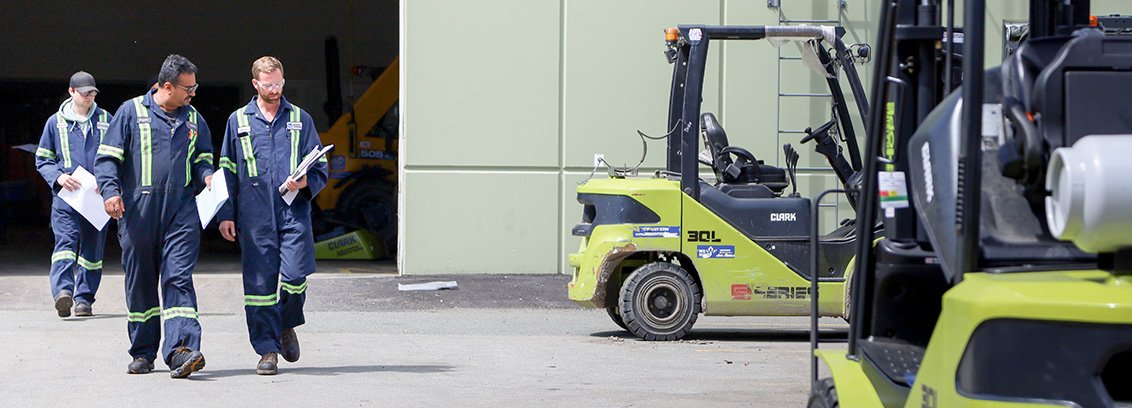
3. Stay Alert to Your Surroundings
Whether navigating a warehouse or working outdoors, situational awareness is vital. Operators must remain vigilant for pedestrians, floor conditions, ramps, blind spots, and nearby vehicles. Tools like mirrors, alarms, and safety lights can improve visibility and coordination across teams.
4. Know Your Load Capacity and the Stability Triangle
Forklift tip-overs, often caused by overloading, are a leading cause of accidents. Operators should know how to read the data plate and understand how lift height, load dimensions, and attachments impact capacity.
Maintaining the load’s centre of gravity within the forklift’s Stability Triangle is critical. This triangle connects the front wheels and the rear axle’s pivot point. As weight is added or the mast is raised, the centre of gravity shifts forward. If it moves outside the triangle due to excessive or improperly placed loads, the risk of tipping increases significantly.
5. Use Technology and Built-in Safety Features
Almost all forklifts come equipped with advanced safety systems designed to protect everyone on-site, help maintain control during lifts and maneuvers. Other features, like high-visibility cabs, rear grab bars with horn buttons, and optional blue safety lights, further enhance situational awareness.
For forklift operators, every day should be focused on safety. That means pausing before every shift to inspect equipment, review protocols, and recommit to operating with care and attention.
Stay safe out there.
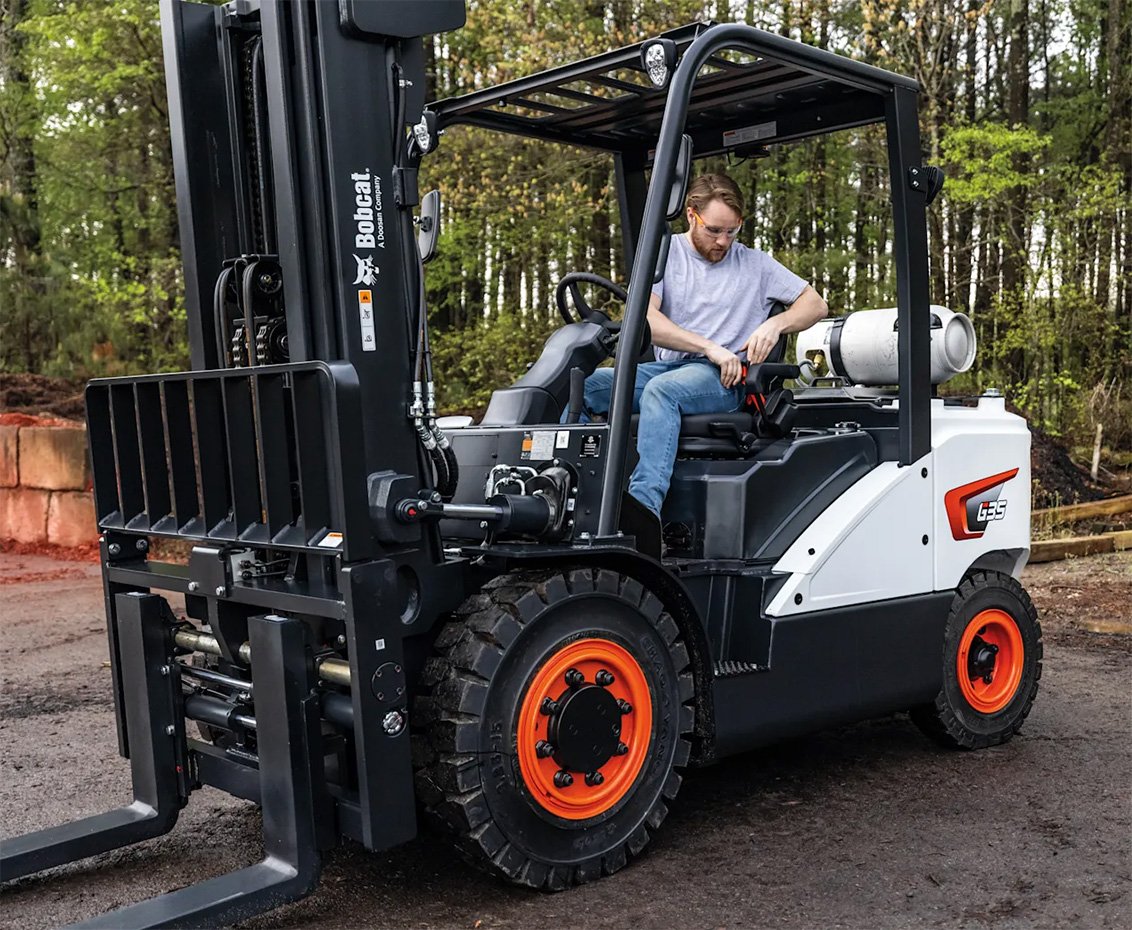
Enhance your skills with our operator safety training courses — available in-class, online, or in group settings. We offer certification for forklifts, lift equipment, and construction equipment at our dedicated training centres.

